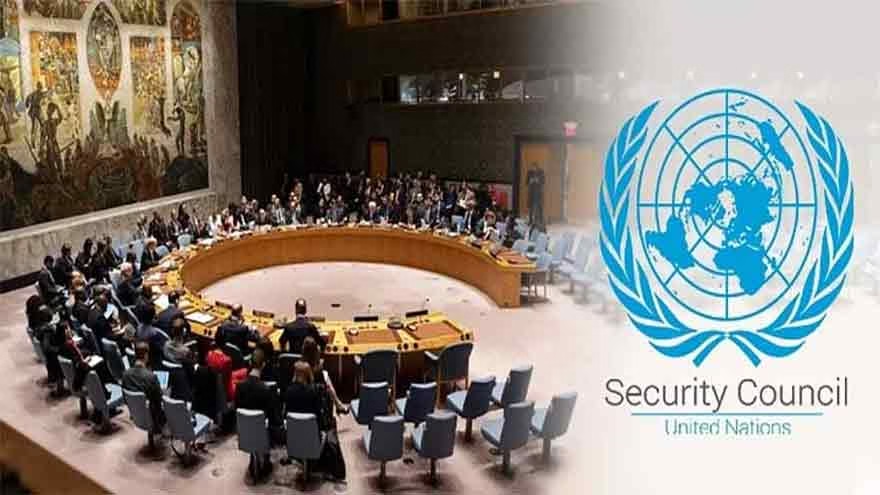Outlawed terrorist groups — Balochistan Liberation Army (BLA), including its Majeed Brigade, and Tehrik-e-Taliban Pakistan (TTP) — are operating in close coordination, according to a recent United Nations Security Council report. The report highlighted a rise in the sophistication and brutality of terrorist operations, especially citing the deadly hijacking of the Jaffar Express train in Balochistan.
On March 11, the BLA hijacked the Jaffar Express in a remote mountainous area, using improvised explosive devices and firearms. The attack resulted in the deaths of 31 people, including 21 hostages, demonstrating the group’s enhanced operational capabilities, according to the annual report of the 1988 Taliban sanctions committee.
The report also noted an April 2025 terrorist attack in Pahalgam, Indian-Occupied Kashmir, initially claimed by The Resistance Front (TRF), which later retracted responsibility. While India pushed to link TRF to Lashkar-e-Tayyiba (LeT), the UN report emphasized conflicting views from member states — one arguing the attack wouldn’t be possible without LeT support, while another maintained that LeT is now defunct.
“Regional relations remain fragile,” the report warned, cautioning that terrorist groups could exploit these tensions.
Regarding the TTP, the report estimated the group has approximately 6,000 fighters and continues to receive logistical and operational backing from Afghanistan’s de facto authorities (Taliban). However, the Taliban reportedly remain divided over their support for the TTP, with some voices advocating disengagement to ease regional tensions.
The report also claimed that TTP maintains tactical-level ties with ISIL-K (Da’esh) and continues to launch deadly attacks using advanced weaponry — much of it allegedly left behind by U.S. forces during their withdrawal from Afghanistan. Notably, TTP was reported to have trained terrorists in Balochistan in January 2025.
Meanwhile, ISIL-K was identified as the most dangerous threat regionally and globally. With around 2,000 fighters, ISIL-K continues to recruit across Afghanistan, Central Asia, the Russian North Caucasus, and even among disaffected members of other extremist groups.
Disturbingly, the group has been indoctrinating children in madrassas in northern Afghanistan, reportedly training minors as young as 14 in suicide operations. It also continues to target Shia communities, Taliban authorities, and foreign nationals.
Under the leadership of Sanaullah Ghafari, ISIL-K maintains a presence in Afghanistan’s northern and north-eastern provinces and is trying to expand its operations into neighbouring countries. While its leadership remains predominantly Afghan Pashtun, most of its fighters are now of Central Asian origin — with some women among those attempting to cross borders.
The report concluded that although Taliban efforts have reduced ISIL-K’s capabilities, the group still operates with relative freedom, taking advantage of public dissatisfaction with Taliban rule.



